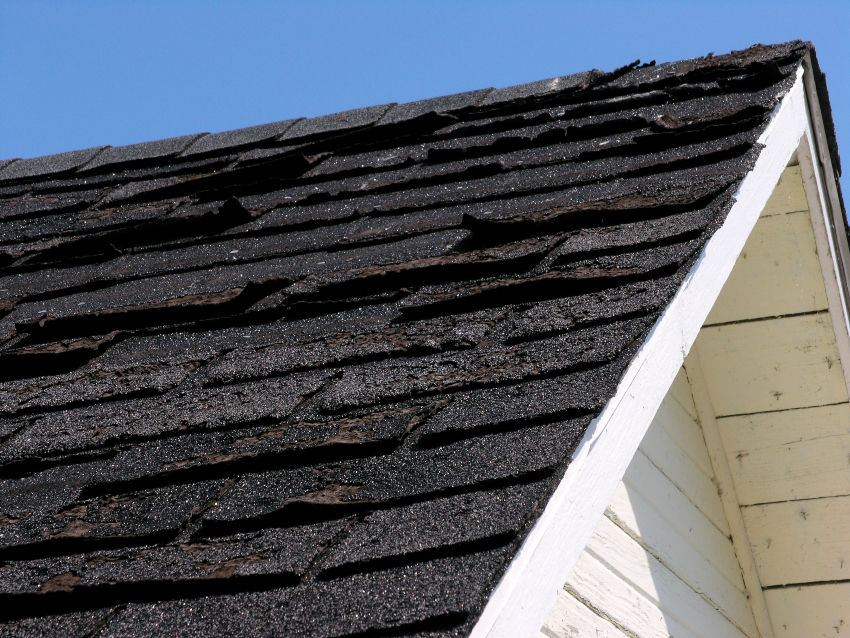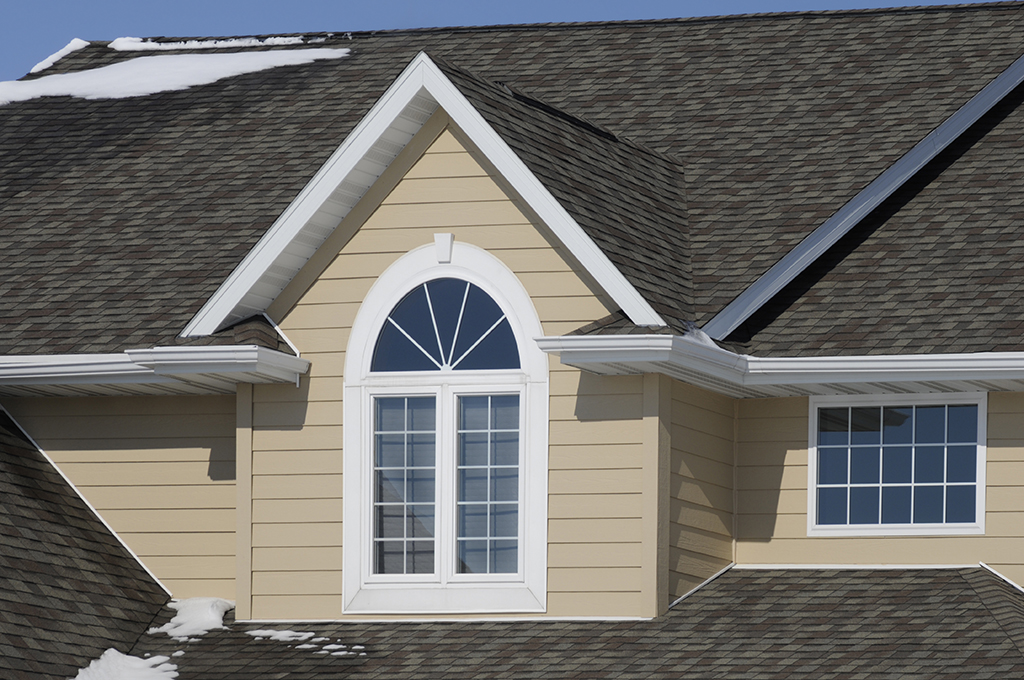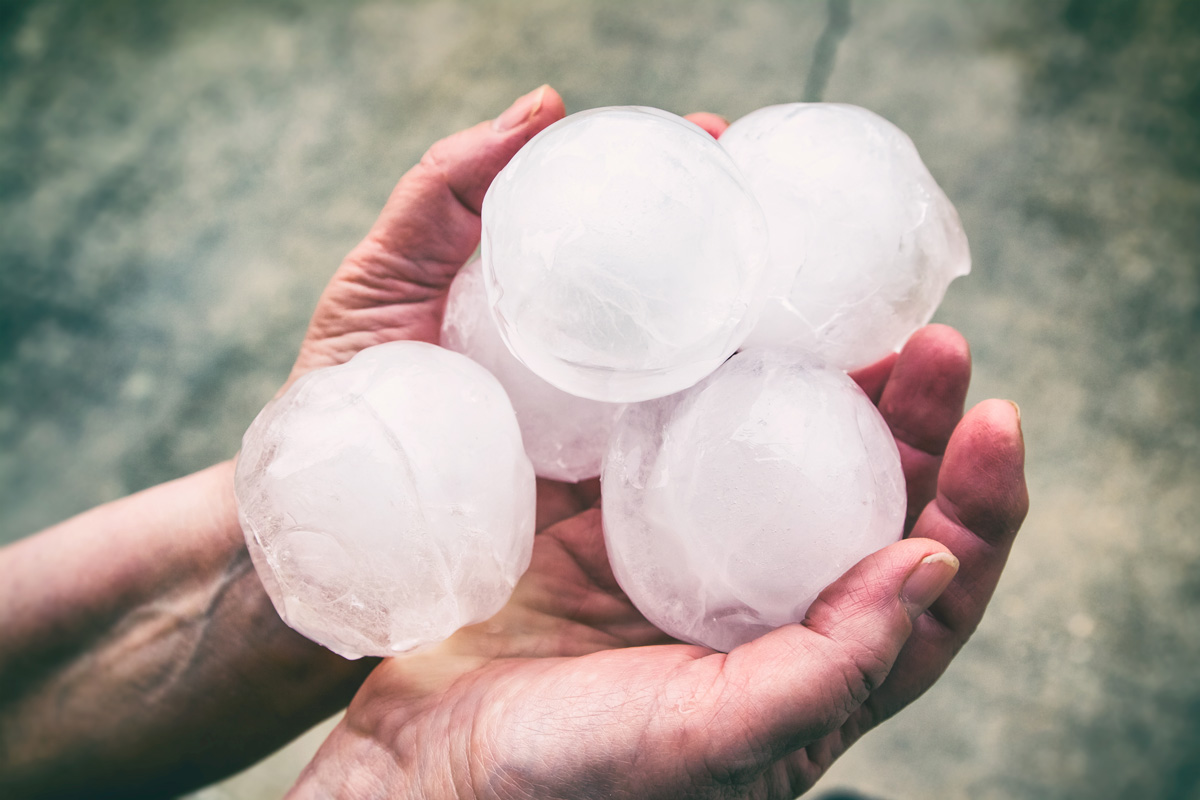Common Causes of Shingle Curling

You may have noticed tattered or curled shingles on some homes. Perhaps the shingles on your roof are beginning to curl. This is often an inconvenient indicator for replacement. We’ll look at some common causes of shingle curling and things you can do to get the most out of your home’s dome.
Installation
Improper installation may cause shingles to curl. Either methodical or procedural errors during install can establish an initial issue, leading to bigger problems down the road.
For instance, you might save time by placing a new set of shingles over an existing layer. But if the original layer is damaged or already curling, chances are the new shingles will curl as well. Additionally, the newer shingles may not line up properly with the old. Without a proper seal, the new shingles may become loose and blow away in a heavy wind.
Flaws in the installation procedure can also cause shingle curling. Roofing materials are designed for specific requirements, including the type, length, and number of nails used per shingle; weather elements like temperature and humidity; shingle alignment; type of underlayment; and more. Failure to adhere to the manufacturer’s installation guidelines could mean headaches later on.
Ventilation
Inside your home, hot air – and moisture – rises to the attic. A well-ventilated space allows that moist air to circulate and disperse. If the air is trapped due to poor ventilation, heat and moisture can cause mold growth and lead to roof and shingle damage.
Deterioration
One of the most common reasons for shingle curling is also the most obvious: your roof is simply deteriorating from age. Asphalt shingles can last about 15 or 20 years. If you’ve noticed several spots of shingle curling, you may want to have your roof inspected and consider having it redone. Weakened shingles will allow water into your home, so replacing them now will help prevent further complications.
Prevention
Your home is an investment. To fully protect it and to get the most from your roofing, don’t take shortcuts.
Keep an eye on your shingles and clear any debris after a storm or heavy wind. Also, have an experienced company complete any roofing work to ensure it is done correctly and under warranty. Stay up to date on routine inspections and repairs, so that small issues don’t lead to big trouble.
For your roofing repair or replacement, trust the experts at Spotless & Seamless for fast, high quality, and personalized service. Whether you notice shingle curling or other issues, contact your Twin Cities roofing contractor today for a free inspection.




